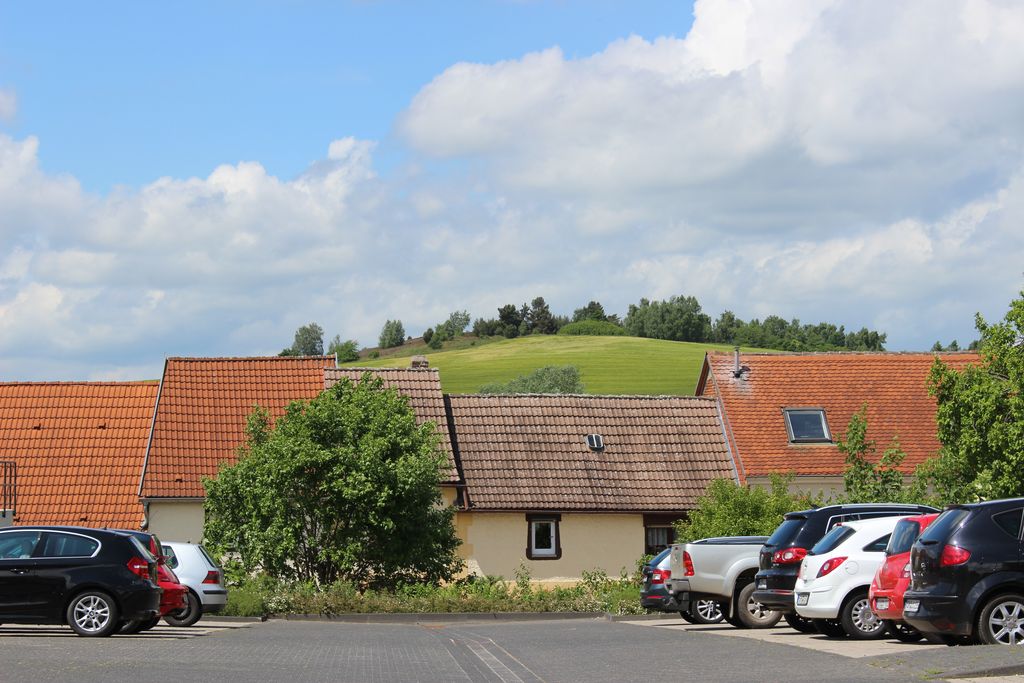Demographic and social change, increasing land use for settlements and transport, as well as changing patterns of residential and everyday mobility are key factors for the development of villages and of small and medium-sized rural towns.
For a long time, rural areas were predominantly considered places of out-migration. However, since the mid-2010s and increasingly since the COVID19 pandemic, migration patterns between rural areas and agglomerations in Germany have changed and become more differentiated. In this Field of Activity, we examine:
- Which challenges arise for rural areas and for small and medium-sized towns due to demographic and social change as well as new patterns of residential and everyday mobility?
- How can related settlement development become more sustainable and climate-friendly?
Regarding mobility patterns, we are interested both in in-migration, out-migration and return migration as well as in everyday mobility, commuting and multilocality. All these forms of spatial mobility affect spatial relations and influence everyday life in rural areas.
With regard to the development of villages and of small and medium-sized towns, we are researching the consequences of demographic and social change as well as the changes in land demand and land use. For existing and newly arising demands, the restructuring of villages and the facilitation of a compact development are of equal interest as the importance of small and medium-sized towns as regional centres.

![[Translate to English:] [Translate to English:]](/media/_processed_/2/0/csm_LV_Bei_Hornburg_Quelle_Johanna_Fick_neu_da89674833.jpg)
![[Translate to English:] [Translate to English:]](/media/_processed_/2/0/csm_LV_Bei_Hornburg_Quelle_Johanna_Fick_neu_3aae309567.jpg)





